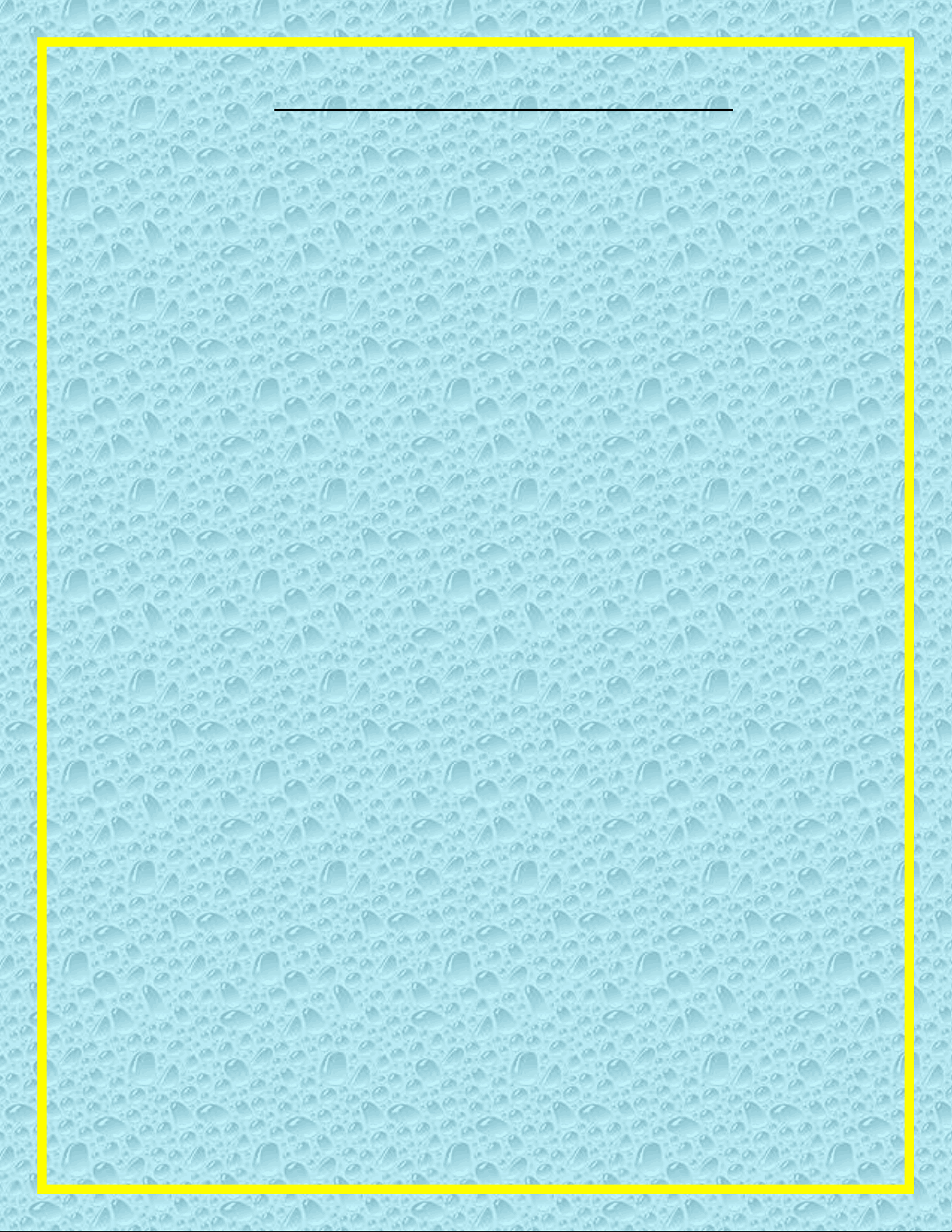
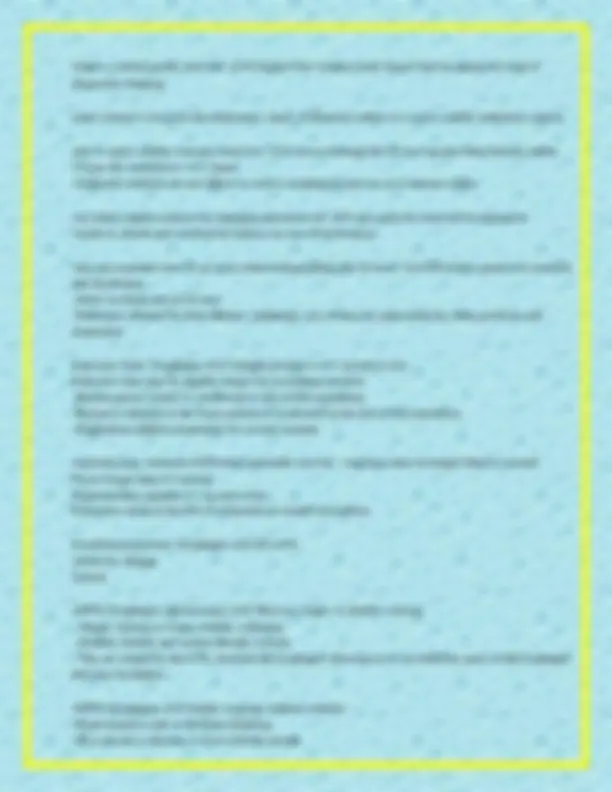
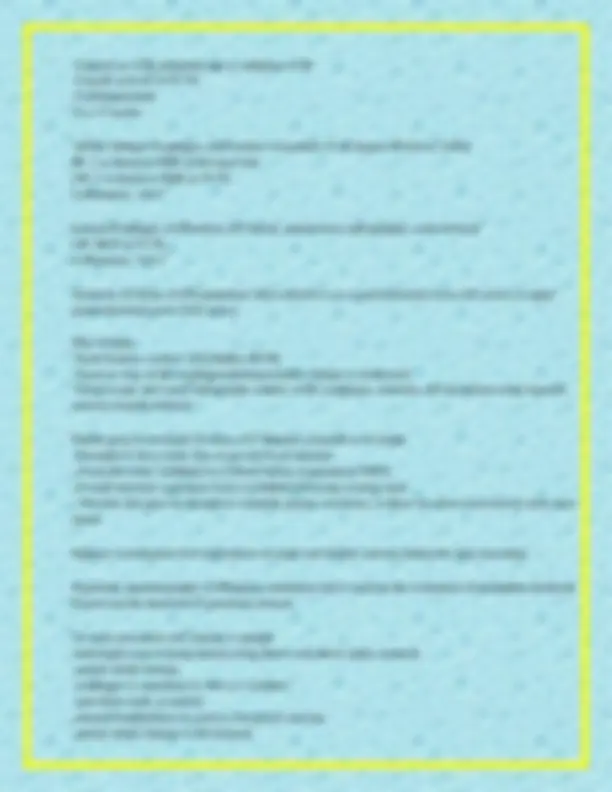
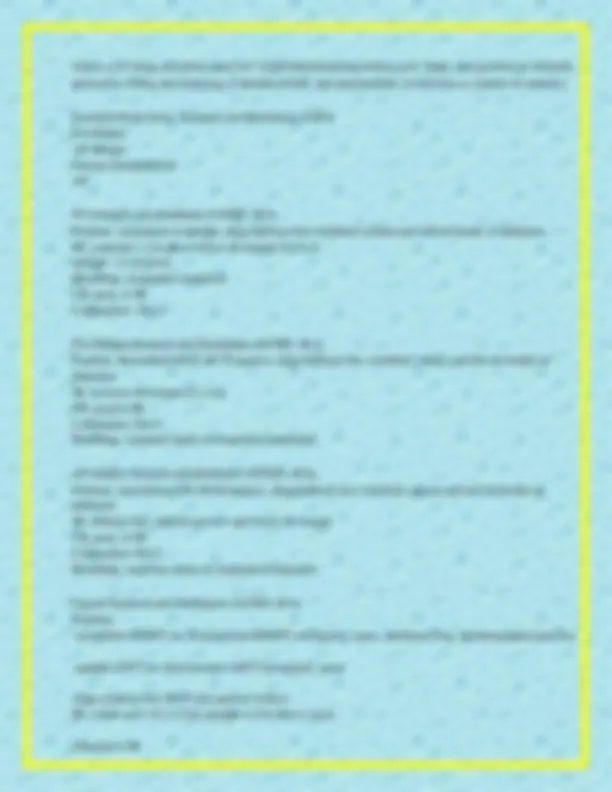
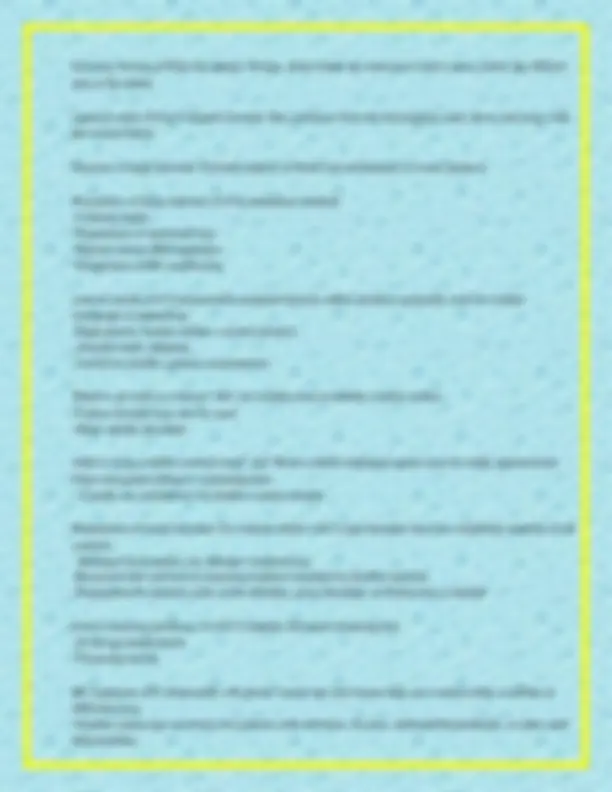
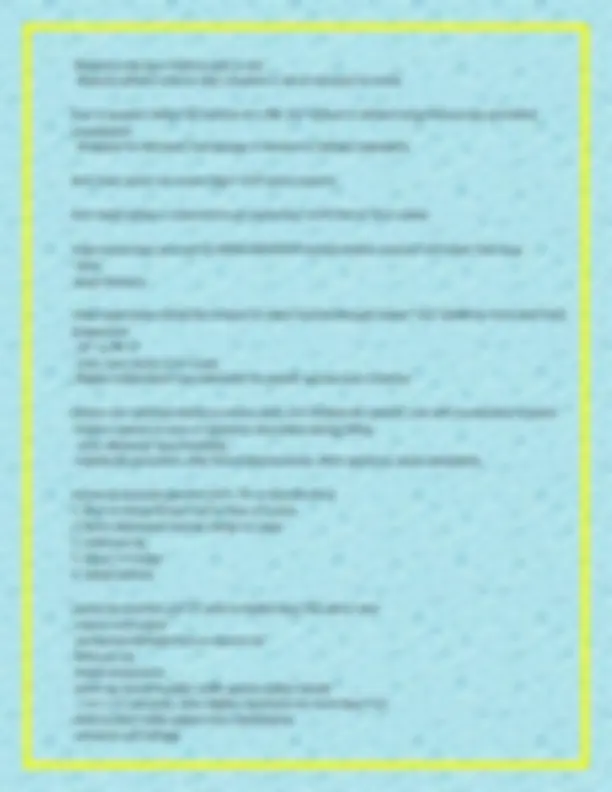
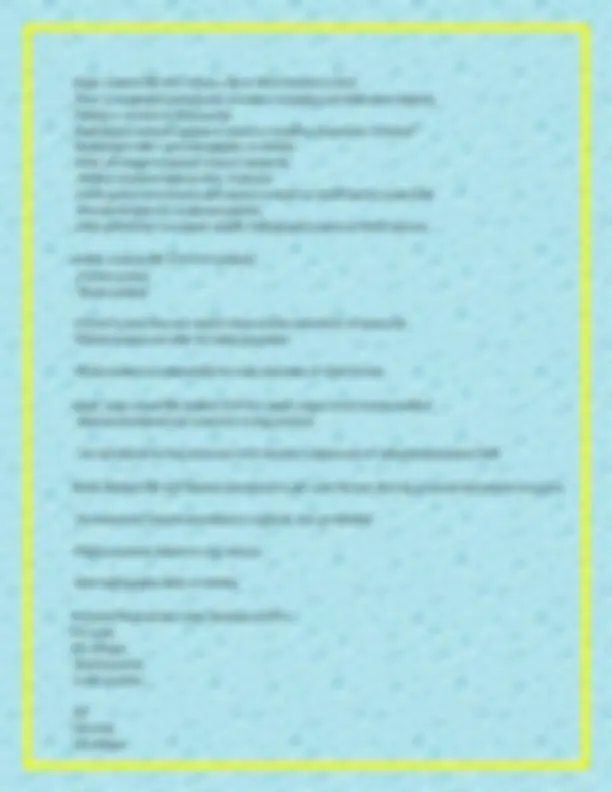
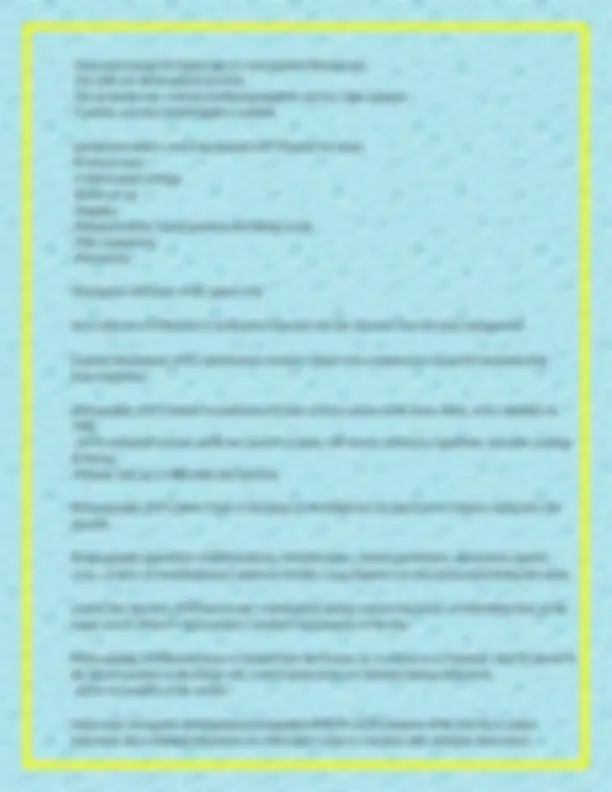
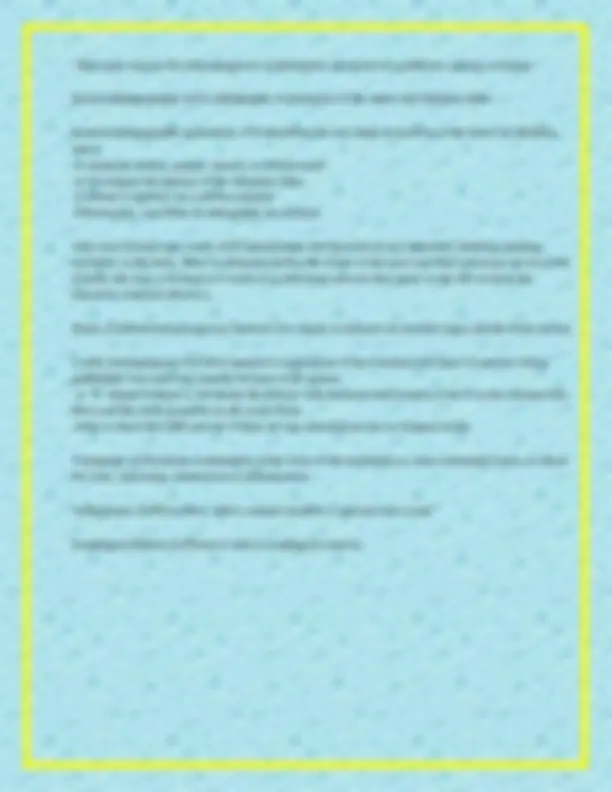


Study with the several resources on Docsity

Earn points by helping other students or get them with a premium plan


Prepare for your exams
Study with the several resources on Docsity

Earn points to download
Earn points by helping other students or get them with a premium plan
Community
Ask the community for help and clear up your study doubts
Discover the best universities in your country according to Docsity users
Free resources
Download our free guides on studying techniques, anxiety management strategies, and thesis advice from Docsity tutors
A comprehensive overview of the gastrointestinal system, focusing on its anatomy, functions, and imaging procedures. It covers the alimentary canal, accessory organs, and specific details about the esophagus, stomach, and small intestine. Detailed descriptions of examination procedures, contrast media used, and essential projections for each region. It also highlights important considerations for exposure time and patient preparation.
Typology: Exams
1 / 14

This page cannot be seen from the preview
Don't miss anything!









Digestive system: Alimentary canal ✔✔mouth, pharynx, esophagus, stomach, small intestine, large intestine, anus Functions of the GI system ✔✔ingestion: mouth, esophagus digestion: stomach, small bowel absorption: small/large bowel elimination: large bowel accessory organs of the digestive system ✔✔•Mouth •Teeth •Salivary Glands •Gallbladder •Pancreas •Liver anatomy of esophagus ✔✔10 inches long
lesser curvature of stomach ✔✔concave medial surface of the stomach greater curvature of stomach ✔✔convex lateral surface of the stomach Cardiac notch of stomach ✔✔sharp angle at esophagogastric junction cardiac orifice ✔✔opening of the esophagus into the stomach
why is a GI series procedure used for? ✔✔Examination determines size, shape, and position of stomach; peristalsis; filling and emptying of duodenal bulb; and abnormalities in function or contour of anatomy Essential Projections: Stomach and Duodenum ✔✔PA PA oblique AP oblique Lateral (mediolateral) AP PA stomach and duodenum ✔✔SID: 40 in Position: recumbent or upright, align halfway btw vertebral column and left lat border of abdomen IR: centered 1-2 in above lower rib margin (L1-L2) upright- 3 - 6 in lower Breathing: suspended expiration CR: perp. to IR Collimation: 10x PA Oblique Stomach and Duodenum ✔✔SID: 40 in Position: Recumbent RAO 40-70 degrees, align halfway btw vertebral column and left lat border of abdomen IR: to lower rib margin (L1-L2) CR: perp to IR Collimation 10x Breathing: exposure made on suspended expiration AP oblique stomach and duodenum ✔✔SID: 40 in Position: recumbent LPO 30-60 degrees, align halfway btw vertebral column and left lat border of abdomen IR: midway btw xiphoid process and lower rib margin CR: perp. to IR Collimation 10x Breathing: exposure made on suspended expiration Lateral Stomach and Duodenum ✔✔SID: 40 in Position:
prone position for oral method (s.intestine) ✔✔used to... To compress abdomen and increase image quality image interval for oral method (s.intestine) ✔✔1st image: taken 15 minutes after ingestion of barium 2nd image: varies between 15 and 30 minutes
left colic flexure ✔✔aka the splenic flexure, point where the transverse colon curves below the inferior end of the spleen sigmoid colon ✔✔an S-shaped structure that continues from the descending colon above and joins with the rectum below function of large intestine ✔✔reabsorption of fluids and elimination of waste products Procedures of large intestine ✔✔-Examination methods
single contrast BE ✔✔-release clip to allow barium to flow